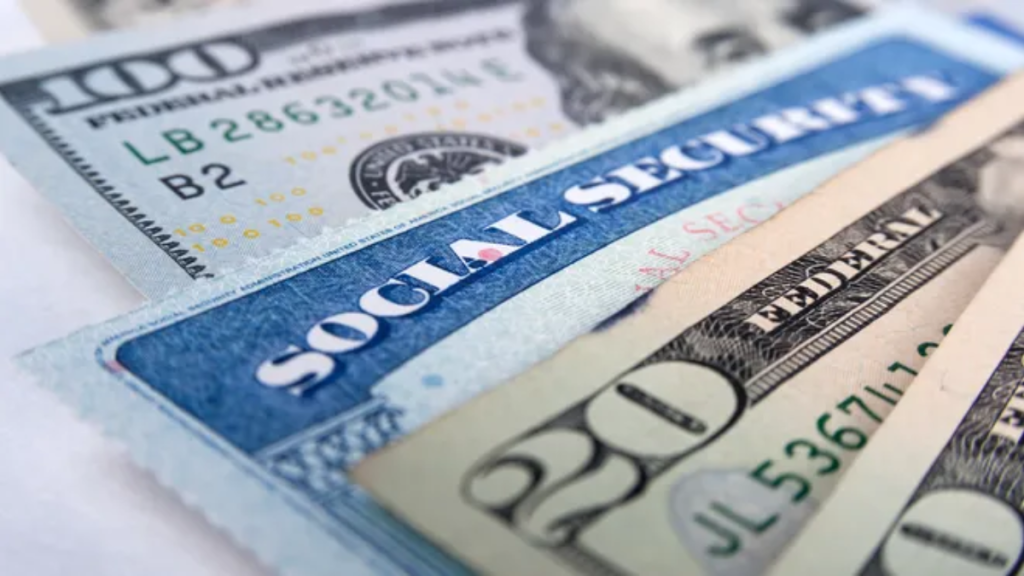Some Social Security recipients are in for a pleasant surprise this May — they’ll receive two checks instead of one. This isn’t an increase in benefits but rather a quirk in the Social Security Administration’s (SSA) payment schedule. If you’re wondering whether you’re eligible for this double deposit, here’s everything you need to know.
Why Are Two Social Security Checks Being Issued in One Month?
The SSA follows a consistent schedule, issuing payments based on the type of benefit and the recipient’s birth date. However, Supplemental Security Income (SSI) beneficiaries can occasionally receive two checks in the same month due to how weekends and holidays affect the calendar.
In May 2025, this quirk will occur again. SSI recipients will receive two payments — one on May 1 and the other on May 30. This second payment is an advance for June, since June 1 falls on a weekend (Sunday). The SSA does not process payments on weekends or federal holidays, so it sends out the funds on the last business day of the prior month.
Important: This is not a bonus payment or an extra benefit. The second May payment is essentially June’s SSI benefit paid early.
Who Will Receive Two Checks?
The group receiving two checks in May includes those who qualify for Supplemental Security Income (SSI). This program provides monthly payments to low-income individuals who are either age 65 or older, blind, or disabled.
If you’re currently receiving SSI, here’s how your payment schedule for May 2025 will look:
- May 1: Your regular May SSI benefit
- May 30: Your June SSI benefit (paid early due to weekend)
This does not apply to those only receiving Social Security retirement, disability (SSDI), or survivor benefits. Those benefits follow a different schedule and will only be paid once in May, based on your birthdate or other criteria.
How to Know If You’re Receiving SSI
If you’re not sure whether you receive SSI, check your Social Security award letter or sign into your My Social Security account. Your payment history and upcoming deposit dates are listed there. You can also review whether you receive SSI, SSDI, or another form of Social Security benefit.
Why This Happens Multiple Times a Year
This type of double payment occurs several times a year. The SSA sends out early payments whenever the first day of a month lands on a weekend or holiday. For example, recipients may also receive two SSI checks in the months of August and November, depending on the year’s calendar.
Here’s how the rest of 2025 looks for SSI double payments:
- May: Yes (May 1 and May 30)
- August: Yes (August 1 and August 29)
- November: Yes (November 1 and November 29)

Will Two Checks Affect Eligibility or Taxes?
Getting two checks in one month does not affect your SSI eligibility or count as double income for the month. The Social Security Administration structures payments so that each one still corresponds to a different benefit month.
However, for budgeting and benefits like SNAP (food stamps) or Medicaid, it’s essential to keep accurate records. Some state programs might evaluate your monthly income, so two payments showing up in one month could be misunderstood if not properly documented.
If you’re unsure how this impacts your situation, it’s best to consult with a financial advisor or your local Social Security office.
What Should You Do If You Don’t Receive Your Payment?
If May 1 or May 30 rolls around and your expected SSI payment hasn’t been deposited, take the following steps:
- Wait at least three business days — The SSA recommends waiting before contacting them.
- Check your bank — Occasionally, delays happen due to banking issues rather than SSA errors.
- Contact the SSA — Call 1-800-772-1213 or visit your local Social Security office.
You can also set up direct deposit through your SSA account to minimize payment delays.
Conclusion
While getting two checks in one month might feel like a bonus, it’s really just the SSA adjusting for the calendar. If you receive SSI, you’ll want to plan your budget accordingly, as you won’t get a new check in June.
Staying informed about the Social Security payment schedule can help prevent confusion and ensure your finances stay on track.
For the latest updates on Social Security payments and schedules, visit the official Social Security Administration website.
Disclaimer – Our team has carefully fact-checked this article to make sure it’s accurate and free from any misinformation. We’re dedicated to keeping our content honest and reliable for our readers.
